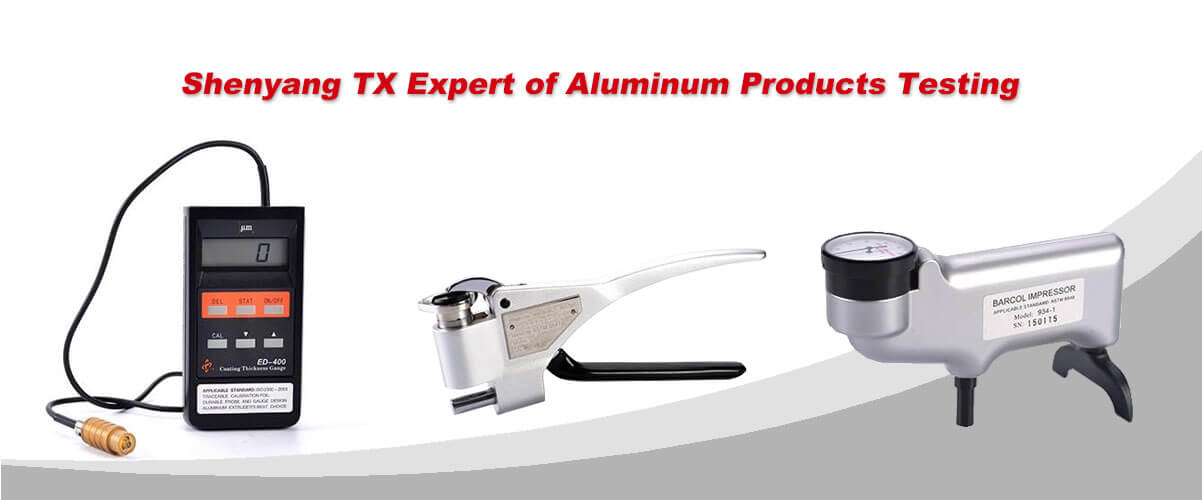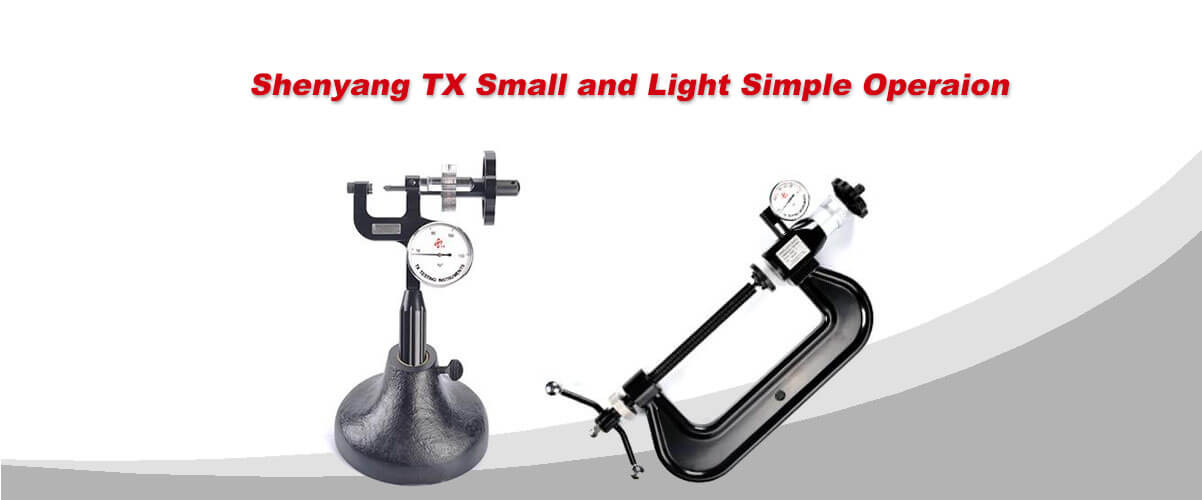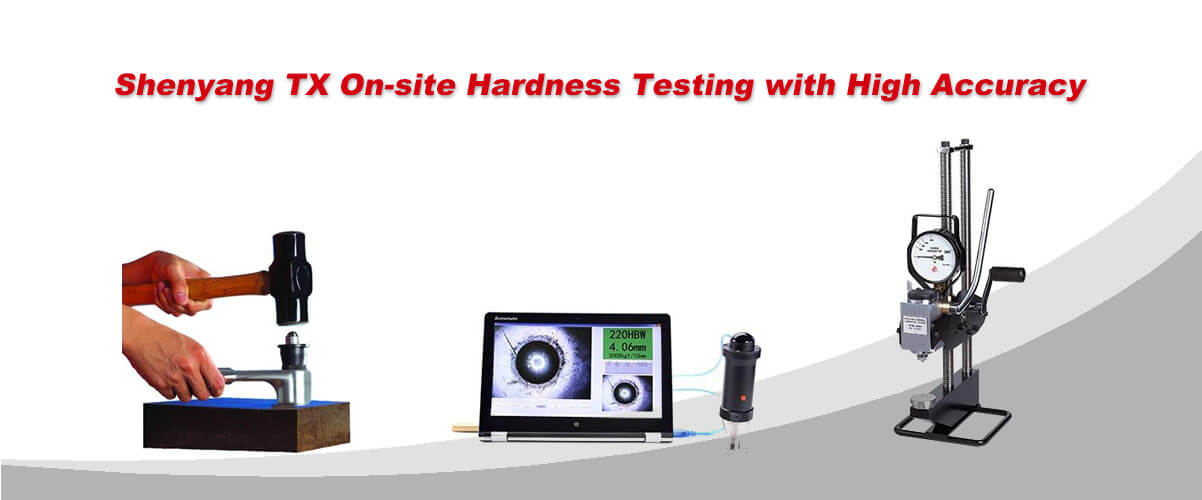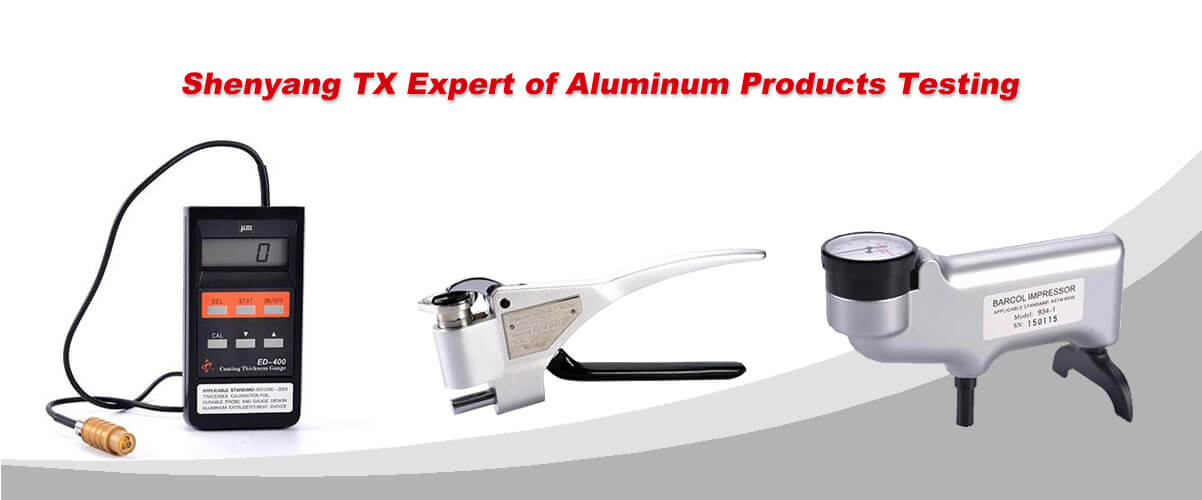1 Test Piece. The surface of the specimen should be treated smooth and clean. The dirt on the specimen, especially the tiny sand grains may affect the test accuracy.
2 Sensitivity. The instrument scale below 4HW and above 17HW, its sensitivity will decline strikingly, and the testing accuracy will also be reduced. Applying another tester should be considered.
3 Edge of test piece. The distance between the testing point and the edge of the test piece should be bigger than 5mm. Test close to the edge of the test piece will affect the accuracy.
4 Adjacent indentations. During the test the distance between the two adjacent indentations should be no smaller than 6mm; otherwise, the previous indentation will affect the next testing accuracy.
5 Oxide film. Although the hard oxide film is thin, it will also influence on the hardness accuracy of the aluminum extrusions. Experiences indicate that the oxide film with hardness of 10μm will increase the hardness value by 0.5~1HW.
6 Coatings. All kinds of coatings will affect severely the testing accuracy, so sand paper or solvent is needed to remove the coatings first before carrying on the hardness testing.
7 Operation. Improper operation will affect the accuracy of the hardness.
7.1 The accuracy of this instrument should be often checked in use to see if the full scale point (20HW) and the calibration point are still correct. Calibrate it immediately when something is wrong.
7.2 The surface of the test piece should be vertical to the indenter and the bottom of specimen should contact the anvil during the test, otherwise errors will occur.
7.3 During the test enough grip strength should be applied at one time, adding the strength slowly will make the test result inclined to the low side.
7.4 During the test the test piece should not twist, otherwise it will make errors and damage the indenter.







